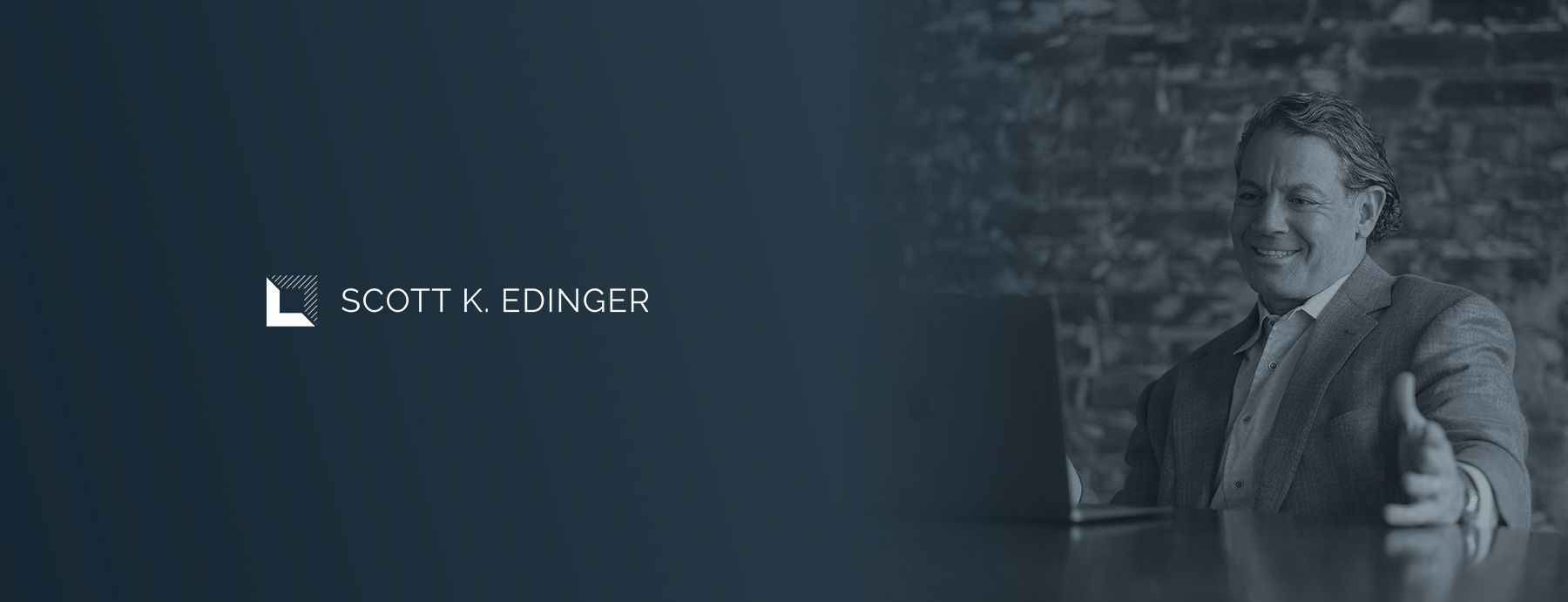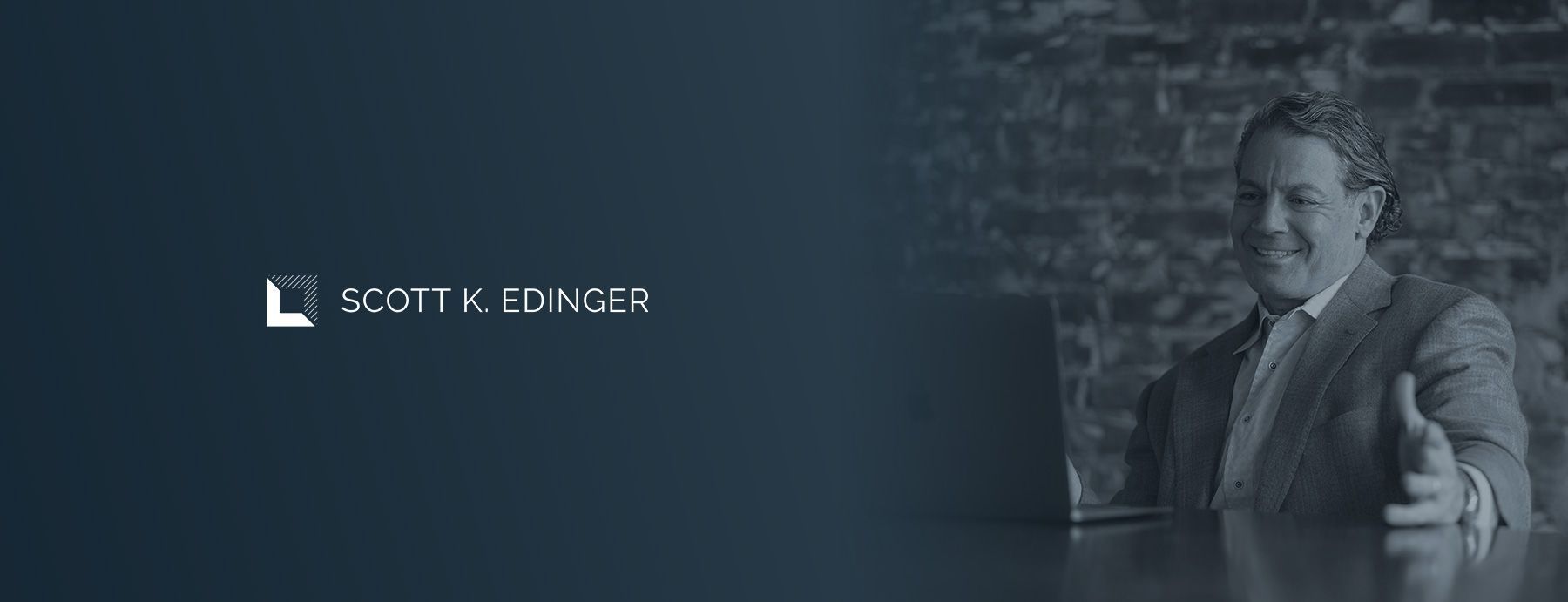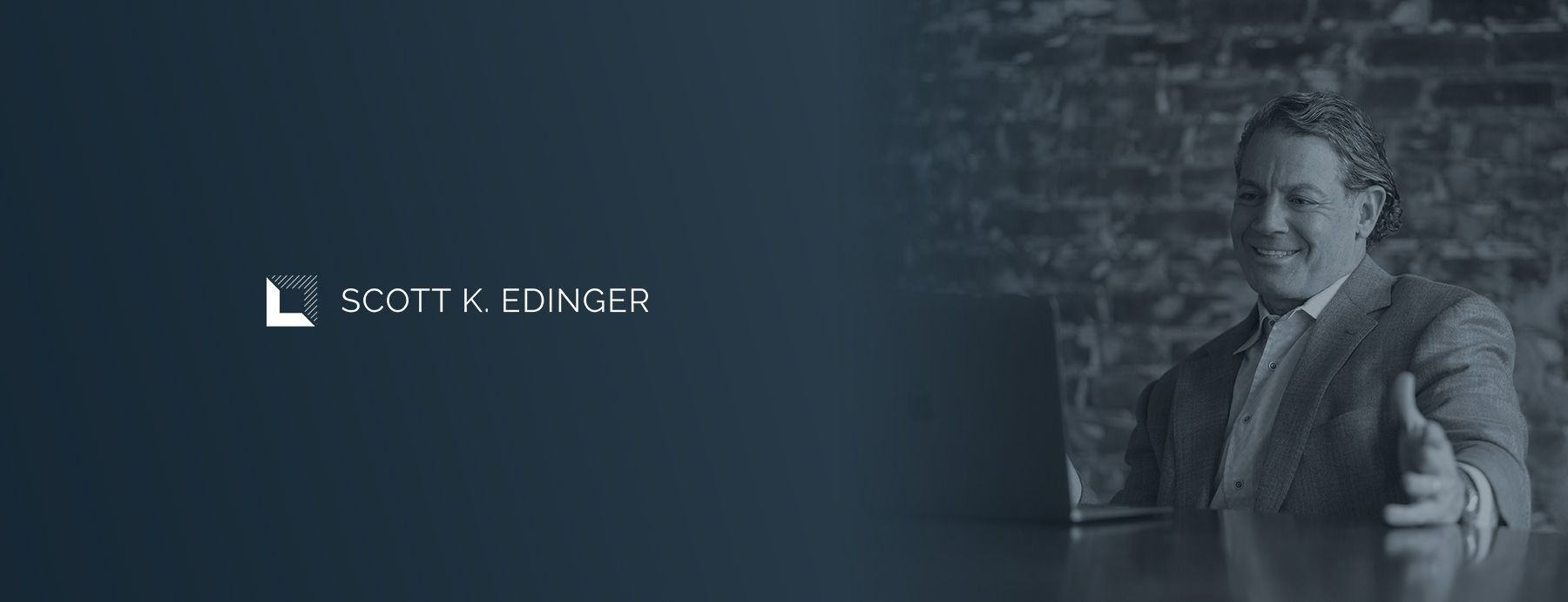
August 13, 2020
Making Olive Oil and Leading Your Team
I was in Italy a few years ago and while visiting some vineyards in Barolo, we stopped to tour an olive orchard and an old school olive oil production facility. The proprietor was very proud of the fact that he was using the same equipment that his family had been using for over 100 years, and turning out some of the finest olive oil in Northern Italy. He said that one of the keys to creating delicious olive oil was to make sure you leave plenty behind. That is, don’t squeeze it all out of the olives.
It turns out that the pressure applied to the olives will determine how good the oil is. Too little pressure and there won’t be sufficient flavor. Too much pressure and the olive oil starts to get bitter. Classic goldilocks approach.
In my experience, managing your teams and the pressure you apply to them is very much the same. Too little pressure or energy, and you get lackluster performance or teams that don’t care about achieving high standards. Too much pressure or stress, and you actually make people worse at their jobs because they start to lose confidence or “choke” under pressure.
Of course, you as a leader have a lot of control over this since you can either decrease the pressure or magnify it for your team. To drive high performance, make sure that you:
- Be aware of the pressure levels on your team. (I’ve observed that too many leaders don’t pay attention to this.)
Understand the optimal range of stress required to achieve great results – it’s called “Eustress” and is most associated “with in the zone” performance. - Look for signs of not enough stress like complacency and too much stress, or “distress” that cause mistakes and poor performance.
If you are interested in more about this idea and how it applies to leading a sales organization, you may appreciate my HBR article: 3 Ways To Motivate Your Sales Team - Without Stressing Them Out
Leverage the Physical World - Building Meaningful Connections
This concept came up briefly last week, and I want to spend a bit more time on how to build meaningful connections in a virtual world. While client meetings are not the same, there are some elements of our ‘old ways’ we can incorporate into a virtual strategy to forge strong bonds with clients. As you prepare for your next client meeting, keep three things in mind.
- Meeting materials. Even before COVID, the trend was to do away with printed meeting documents and emphasize digital materials. But here’s the reality: many of us print everything out anyway, especially when required to toggle between a zoom screen and materials. While being mindful of the environmental impact of too much paper, consider taking a blended approach as you prepare for your next meeting. Use the pre-meeting mailer as an opportunity to provide structure for the conversation, and something to guide the client through the meeting. The digital world can be disorienting and it’s easy to lose track of materials and the flow of the conversation. To help keep people grounded, send a printed agenda and a simple PowerPoint with space to take notes. People retain more information when they write things down, and by providing a structured space to do so, you increase the likelihood your client will take advantage of it. If you require more material one suggestion would be to put it in a folder in the order in which you will discuss it or even color code it. Your pre-meeting mailing just might be the structure that allows for a smooth effective meeting.
- Swag and surprises. People always love swag or unexpected gifts, and the appreciation is even greater when working from home. As long as you’re paying for postage, you might as well include something fun in the package. Whether it is a branded pen, USB, or a coffee gift card, the gesture will not go unnoticed, and it will go a long way in building a meaningful relationship with the customer.
- Remember the little things. The absence of face-to-face communication shouldn’t impact your ability to connect with clients on what matters to them. Now more than ever, pay attention to small details, make note of personal things they say and follow up when appropriate. Reach out on birthdays, ask about a family camping trip, or share an article that might be relevant to them. This doesn’t need to be a significant time commitment, even a quick text can suffice. Consistent, thoughtful communication keeps you top of mind and reminds your clients that you are a resource for them.
You don’t have to do all of these to create meaningful connections with your clients, even just one can help foster the relationship.
Current Read:
The topic of how much money is enough is always interesting. In my experience, the answer is based more on our emotional needs than the practical needs of our existence. This article does a nice job of highlighting that real wealth isn’t about income, status and what others think of you. Instead, real wealth is found in the control you have over your time.
Question to Ponder:
What are you doing to go the extra mile for clients and letting them know you are still a resource for them?
Quotable:

Subscribe to Edinger's Insights Newsletter
Edinger’s Insights is packed with strategies and ideas to lead business growth.*
*Scott will never share your contact information
EdingerInsights_SignUp
Thank you for subscribing.
Please try again later.


